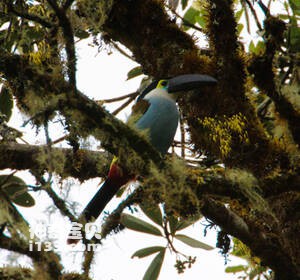
Andigena nigrirostris
Andigena nigrirostris,Black-billed Mountain Toucan
Andigena nigrirostris, Black-billed Mountain Toucan, has 3 subspecies.The bl···
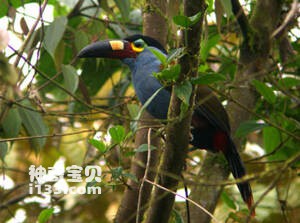
Andigena laminirostris
Andigena laminirostris,Plate-billed Mountain Toucan,Plain-billed mountain-toucan,Laminated mountain-toucan,Laminated hill-toucan
Andigena laminirostris, Foreign names Plate-billed Mountain Toucan, Plain-bi···
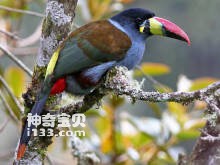
Andigena hypoglauca
Andigena hypoglauca,Grey-breasted Mountain Toucan
Andigena hypoglauca, Grey-breasted Mountain Toucan, with two subspecies, is ···
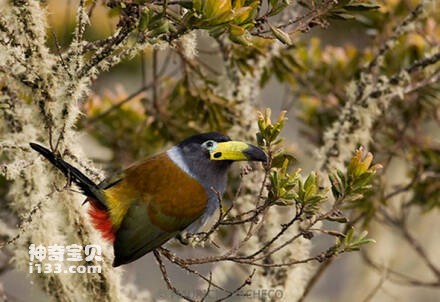
Andigena cucullata
Andigena cucullata,Hooded Mountain Toucan
Andigena cucullata, Hooded Mountain Toucan, is a medium-sized climbing bird.···
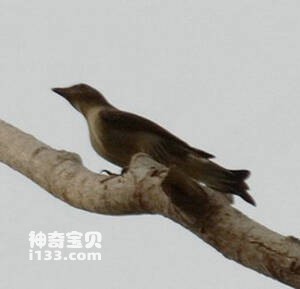
Melichneutes robustus
Melichneutes robustus,Lyre-tailed Honeyguide
The Honeyguide is known as Melichneutes robustus and Lyre-tailed honeyguide.···
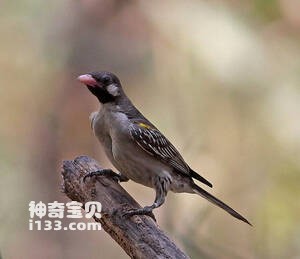
Indicator indicator
Indicator indicator,Greater Honeyguide
The black-throated Honeyguide Indicator indicator, Greater Honeyguide, is a ···
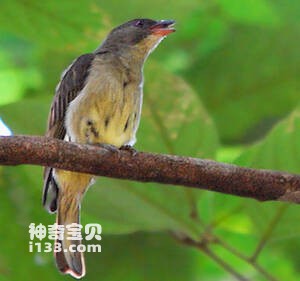
Indicator archipelagicus
Indicator archipelagicus,Malaysian Honeyguide
The Honeyguide is also known as Indicator archipelagicus and Malaysian Honey···
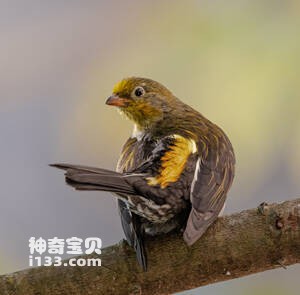
Indicator xanthonotus
Indicator xanthonotus,Yellow-rumped Honeyguide
The name Indicator xanthonotus, Yellow-rumped Honeyguide, has two subspecies···
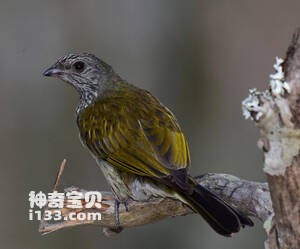
Indicator variegatus
Indicator variegatus,Scaly-throated Honeyguide
The Honeyguide is Indicator variegatus and Scaly-throated honeyguide. Its sp···
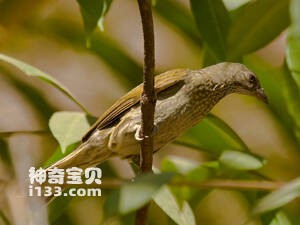
Indicator maculatus
Indicator maculatus,Spotted Honeyguide
The Honeyguide's scientific name is Indicator maculatus, and its foreign···
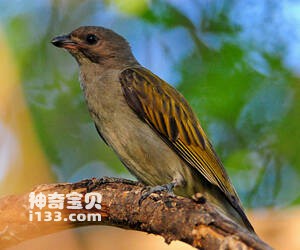
Indicator minor
Indicator minor,Lesser Honeyguide
The North African Honeyguide is an Indicator minor, Lesser Honeyguide in for···
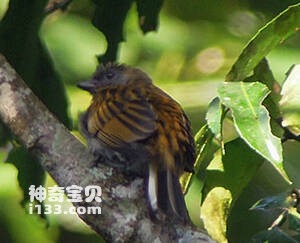
Indicator conirostris
Indicator conirostris,Thick-billed Honeyguide
Indicator conirostris (Thick-billed Honeyguide) is a variation of indicator ···

Indicator exilis
Indicator exilis,Least Honeyguide
The Honeyguide's scientific name is Indicator exilis, and its foreign na···
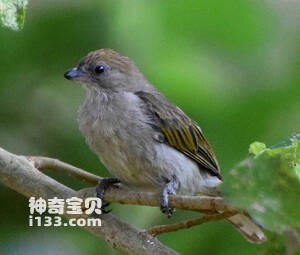
Indicator meliphilus
Indicator meliphilus,Pallid Honeyguide,Eastern least honyeguide
The species is known as Indicator meliphilus, Pallid Honeyguide and Eastern ···
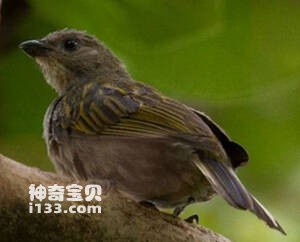
Indicator willcocksi
Indicator willcocksi,Willcocks's Honeyguide
The species is known as Indicator willcocksi, or Willcocks' Honeyguide.P···
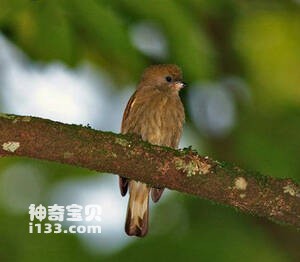
Indicator pumilio
Indicator pumilio,Dwarf Honeyguide
The pecker's scientific name is Indicator pumilio, and its foreign name ···
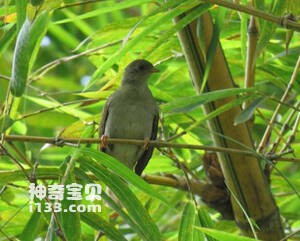
Melignomon eisentrauti
Melignomon eisentrauti,Yellow-footed Honeyguide
The Yellow-footed Honeyguide's scientific name, Melignomon eisentrauti (···
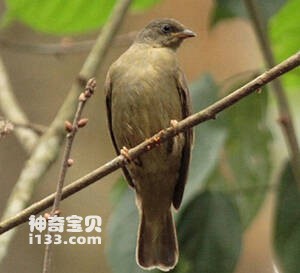
Melignomon zenkeri
Melignomon zenkeri,Zenker's Honeyguide
The name Melignomon zenkeri (Zenker's Honeyguide) is unknown.Protect wil···
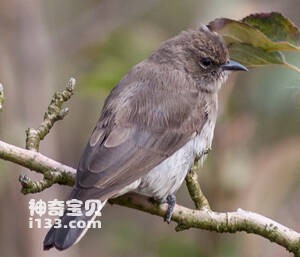
Prodotiscus regulus
Prodotiscus regulus,Brown-backed Honeybird,Wahlberg's honeybird,Wahlberg's honeyguide,Sharp-billed honeyguide
Prodotiscus regulus, Brown-backed Honeybird, Wahlberg's honeybird, Wahlb···
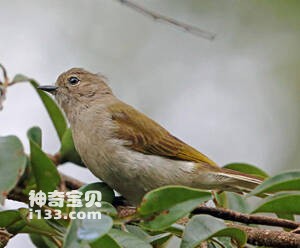
Prodotiscus zambesiae
Prodotiscus zambesiae,Green-backed Honeybird,Green-backed honeyguide,Eastern green-backed honeyguide,Slender-billed honeyguide
Honeypecher Prodotiscus zambesiae, The names Green-backed Honeybird, Green-b···
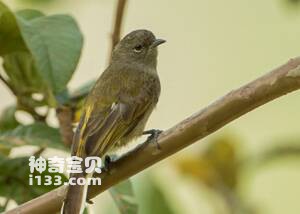
Prodotiscus insignis
Prodotiscus insignis,Cassin's Honeybird
尖嘴蜜䴕学名Prodotiscus insignis,外文名Cassin's Honeybird,具体习性不详···
